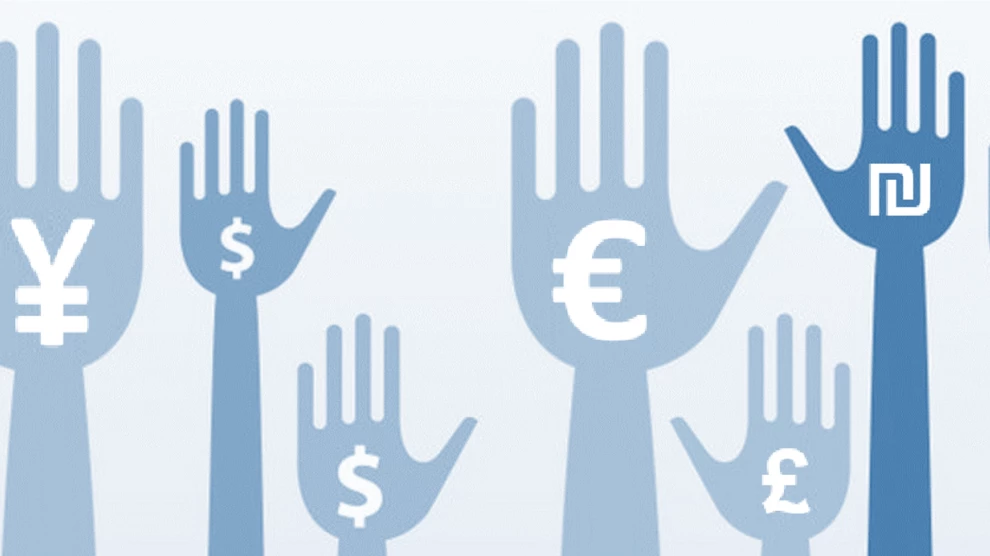
Partner Article
What’s Next for Brexit?
The House of Commons is set to vote on another delay of the withdrawal bill. While there is little support for PM May’s current bill, it appears that MPs believe that it’s better to continue to negotiate internally that to cut May off at the knees. May needs the Parliament to extend the timeline which will allow the EU to extend the withdrawal date into May (the month). Currently, the deadline for withdrawal is April 12.
The Vote Happens on Friday, March 29 MPs will be asked to approve only part of the PM’s Brexit deal, the withdrawal agreement, covering the terms of exit. What May is looking for is an extension. Labour said separating that from the political declaration would mean voting on a “blindfold Brexit”. In addition, the extension is subject to a veto if 27 EU leaders override the extension request. Last week, the European Council agreed that Brexit could be delayed until 22 May, only if the withdrawal agreement was approved by the end of this week. That is March 29, 2019. If the UK cannot extend the agreement, the EU leaders have offered a shorter delay until 12 April, which is the date by which the UK would have to indicate whether it would stand candidates in the 2019 European Parliament elections. The extension will allow the UK time to get the PM’s entire deal through or to find a way forward other than a second referendum. The UK government says that voting on the withdrawal agreement alone, as a separate bill, will be enough to meet the criteria laid down by EU leaders for the postponement of Brexit from March 29, to May 22.
Dominic Raab is Back Former Brexit Secretary Dominic Raab says he will support the Prime Minister’s Withdrawal Agreement.Raab resigned as Brexit Secretary back in November, saying at the time he could not support the terms proposed for our deal with the EU. With May now offering to resign as Prime Minister of the UK if the Brexit deal goes through, she appears to have gained some support. May was put to the test and would rather see the country go through with the first referendum to leave the EU than continue to rule parliament in limbo. The Irish backstop remains the issue. There is a choice between the risk of being trapped in the backstop, and a significant risk of Brexit not happening.
What is the Irish Backstop The “Irish backstop” is an agreement that makes sure that the Irish border remains open regardless of the outcome of the UK and the EU’s future relationship. You can find out more on iForex News. It would keep the UK very closely aligned to EU customs rules. The backstop arrangements were agreed between the UK government and EU in November 2018 as part of the draft withdrawal agreement. This agreement was rejected by the UK parliament in January 2019. The EU and UK have both said they don’t want the backstop to be used and will attempt to negotiate a future relationship.
This was posted in Bdaily's Members' News section by Kavinesh .
Enjoy the read? Get Bdaily delivered.
Sign up to receive our popular morning National email for free.








 How to make your growth strategy deliver in 2026
How to make your growth strategy deliver in 2026
 Powering a new wave of regional screen indies
Powering a new wave of regional screen indies
 A new year and a new outlook for property scene
A new year and a new outlook for property scene
 Zero per cent - but maximum brand exposure
Zero per cent - but maximum brand exposure
 We don’t talk about money stress enough
We don’t talk about money stress enough
 A year of resilience, growth and collaboration
A year of resilience, growth and collaboration
 Apprenticeships: Lower standards risk safety
Apprenticeships: Lower standards risk safety
 Keeping it reel: Creating video in an authenticity era
Keeping it reel: Creating video in an authenticity era
 Budget: Creating a more vibrant market economy
Budget: Creating a more vibrant market economy
 Celebrating excellence and community support
Celebrating excellence and community support
 The value of nurturing homegrown innovation
The value of nurturing homegrown innovation
 A dynamic, fair and innovative economy
A dynamic, fair and innovative economy